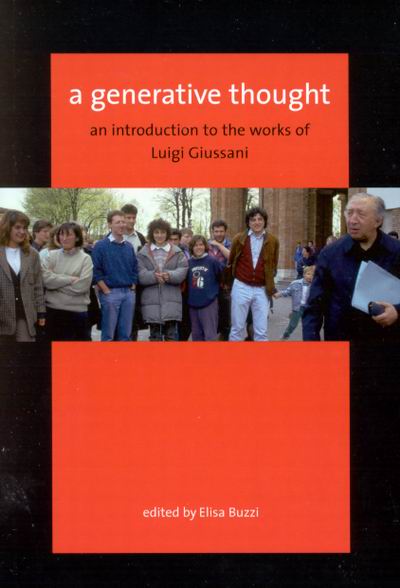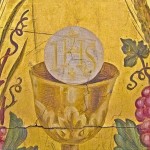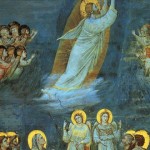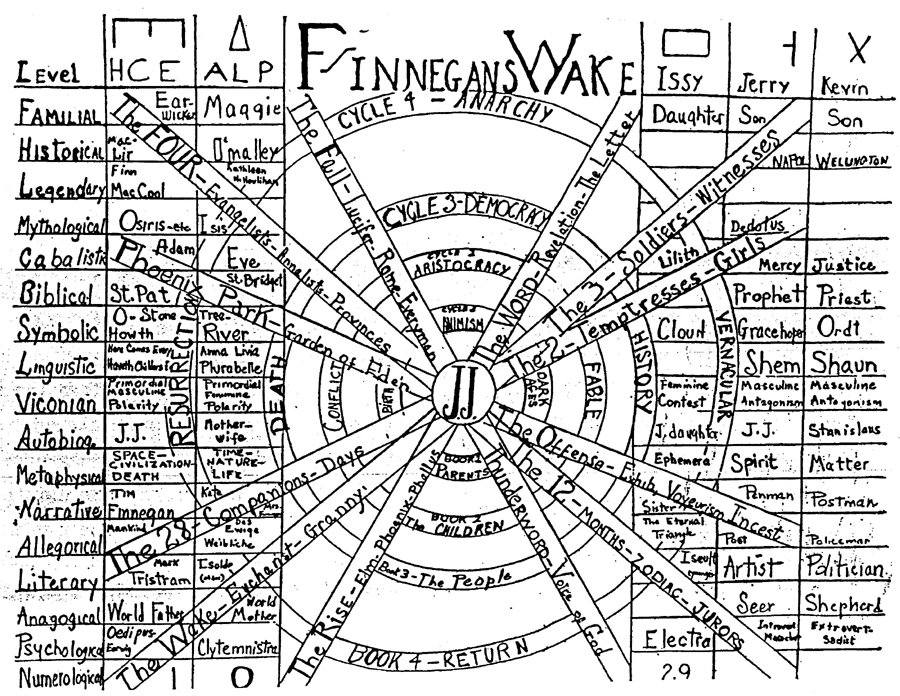
When I hear people say Catholic means “Here Comes Everybody” I wonder if they really mean it. Do they know what they do? I also wonder whether anyone has ever checked whether H.C.E. appears in James Joyce’s Finnegan’s Wake directly in relation to popery. Whatever the truth might be, there’s plenty of evidence Joyce was a victim of Catholic nostalgia. He never quite shook off the Church and read Cardinal Newman and Aquinas daily for their peerless prose. In fact, Joyce said Newman was the finest writer of prose in the English language of any stripe. How is that for mixed up?
Like any good Vatican propagandist, regardless of whether the phrase “Here comes everybody” (H.C.E. for short) applies to the Church of Rome or not I’ll attempt to unpack its significance. I will do this in light of the reactions to the pope’s recent public letter and extensive interview. This isn’t exactly a reading of those two venerable documents, but rather a reading of the readings. Bear with me.
What I find most fascinating is how all the usual suspects from the Catholic left and the Catholic right are fighting over the same figure, the same pope. There is no better sign of how perspicacious the doctrine of papal infallibility really was. Above all their national, political, financial, and other differences, Catholics know that everything rises and falls with every word that issues from the mouth of the pope.
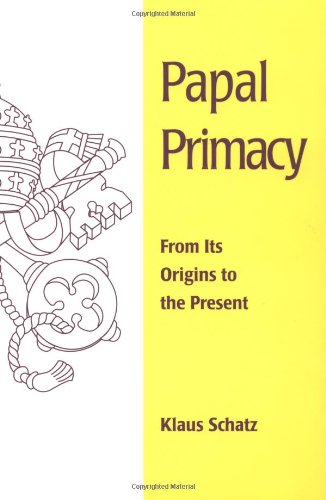
We are all ultramontanists now. For example:
There are editorials by Hans Kung (critical but approving), Cardinal Dolan (approving but uncritical), Andrew Sullivan has come out in favor, George Weigel sees evangelical Catholicism at work, and even my dear friend Larry Chapp (whose book is listed in my TOP 10 of theology books) showed how much the papacy matters by having cow and getting Rod Dreher’s attention while he was at it. I’m still waiting on Maureen Dowd to put her deft spin on the whole thing.
To see the pluralism (diversity, catholicity, what have you) at work here imagine leaving all those people in a room with plastic cutlery–my bet is that you’d end up being an accessory to a capital crime.
How great of a testimonial to Catholicism’s organizational genius is that? What other religious body is able to gather so much diversity under the umbrella of a single authority? If they were Protestants these people would set up separate shops and proliferate denominations, or become national churches (like the Anglicans and Orthodox).
We might be all ultramontanists now, but I’ve yet to see a reasonable analysis what the guy hiding behind the mountains is all about. I’m convinced it has something to do with a book called A Generative Thought and, ultimately, the United States of America. The pope’s relevance (both appeal and repugnance) to American Catholics of all stripes comes from his being more red, white, and blue than South American.
Before I take this up tomorrow I’ll leave you with a bit of a puzzle:
